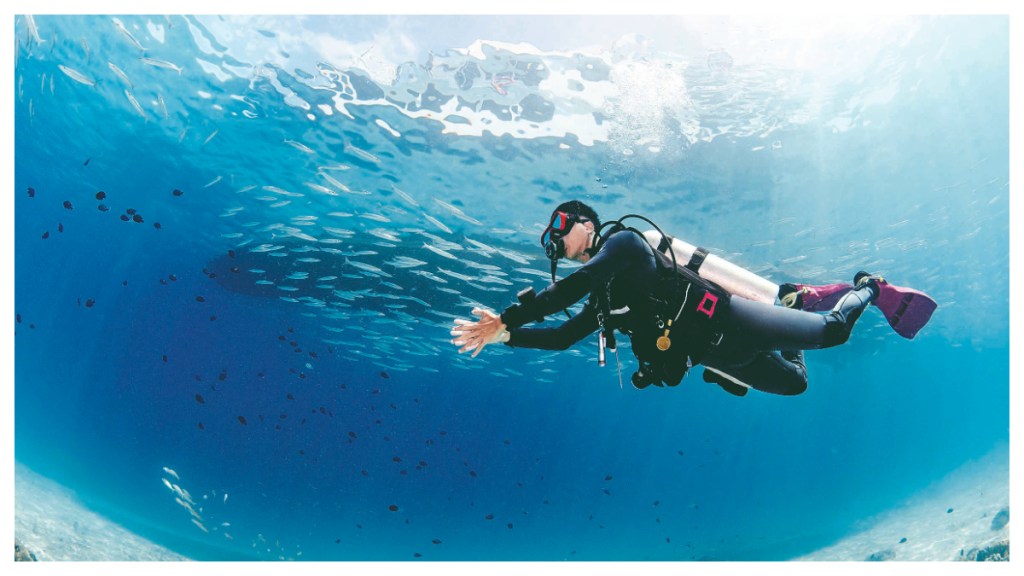On September 19, India lost one of its most beloved cultural icons, singer and composer Zubeen Garg. Known for his soulful voice and contributions to Assamese and Bollywood music, his death in Singapore during a yacht outing shocked the nation. According to reports, Garg drowned after jumping into the sea without a life jacket. While CPR was administered and he was rushed to Singapore General Hospital, he could not be revived. His death certificate later confirmed drowning as the cause. As investigations unfold, with FIRs filed against his event organisers and calls for accountability growing louder, Garg’s tragic death has reignited urgent conversations around the safety of adventure tourism.
Adventure tourism is booming worldwide, with thrill seekers heading to exotic destinations for activities like skydiving, scuba diving, bungee jumping, and mountaineering. While many countries boast advanced infrastructure and strict safety standards, a number of tragic incidents in recent years have raised serious questions about how safe these activities truly are even outside India.
Global reckoning: High-risk thrills from New Zealand to Nepal
In New Zealand, a country famous for adventure sports, multiple incidents have occurred despite its reputation for safety. In 2019, a tragic incident took place when seven people died in a volcanic eruption on White Island, which was being used as a popular tourist spot despite known geological risks. The disaster raised concerns about how natural hazard warnings are communicated and acted upon by tour operators. In Thailand, accidents involving snorkelling and scuba diving are not uncommon. In 2018, a boat carrying 105 people capsized off the coast of Phuket, killing 47 Chinese tourists.
Investigations later revealed poor weather conditions were ignored by the tour operator, a stark reminder that profit motives often override safety warnings. Nepal has faced criticism for overcrowding and mismanagement on Mount Everest. In the 2019 climbing season alone, 11 climbers died, many from exhaustion or altitude sickness due to bottlenecks and inexperienced climbers being allowed to ascend without proper screening or training. In US, in 2021, a 19-year-old died during a bungee jumping accident in Colorado when miscommunication between staff led the participant to jump before being properly harnessed.
While many countries have robust systems, but lapses in regulation, poor enforcement, weather unpredictability, and human error can still lead to tragedy.
India’s safety gap: Why non-binding guidelines fail to save lives
India is naturally blessed with vast landscapes ideal for adventure sports, where young travellers opt for adventure holidays over traditional vacations. The sector is growing rapidly projected to expand by over 15% annually. But the sector has its own crisis: lack of regulation, standardisation, and safety protocols, particularly in remote and unregulated areas. For every organised, certified operator in the market, there are dozens who cut corners, skipping basic safety measures, employing untrained guides, and operating without proper insurance or licenses. In 2018, the tourism ministry, in collaboration with the Adventure Tour Operators Association of India (ATOAI), issued comprehensive guidelines covering 29 different adventure activities. These recommendations included mandatory use of safety gear (helmets, life jackets, harnesses), trained and certified instructors, proper insurance, and standard operating procedures (SOPs) for emergencies.
More recently, the ministry released Model Adventure Tourism Guidelines, urging state governments and Union Territories to adopt and legislate them. However, these remain non-binding, leaving implementation at the discretion of local authorities, many of whom lack the resources, training, or will to enforce them. As a result, enforcement is fragmented. Tour operators, especially in popular but loosely regulated destinations like Rishikesh, Bir-Billing, Ladakh, and Goa, continue to operate under minimal oversight. In 2024, a tourist from Hyderabad died in a paragliding accident in Himachal Pradesh’s Kullu region after the pilot allegedly failed to secure the safety harness correctly. There have been multiple similar cases of drowning, falling, or injury due to faulty equipment or untrained guides. Each of these tragedies points to systemic negligence, not only on the part of operators, but also in the governance structures that are supposed to monitor them.
Recognising these risks, organisations like ATOAI have taken proactive steps. This year, they launched a four-day certification course at the Indian Mountaineering Foundation in New Delhi in partnership with the Hanifl Centre. This programme is designed to upskill adventure guides, focusing on safety, emergency response, and ethical guiding practices. “India is rising fast in global adventure tourism rankings. But with that rise comes a duty, to protect lives, build trust, and set benchmarks. We need a cultural shift where safety, sustainability, and standardisation go hand in hand with growth,” says Ajeet Bajaj, president of ATOAI.
However, some private operators have taken the initiative to raise the bar. Niharika Nigam, MD of Jumpin Heights, a certified bungee jumping collective in Rishikesh and Goa, says, “The thrill of adventure should never be confused with recklessness. Comprehensive training, regular equipment checks, and adherence to established guidelines are vital to minimising risks. While operators carry a great deal of accountability in ensuring strict safety measures, personal responsibility plays an equally important role; following instructions and respecting limitations are essential to ensure a safe and enjoyable experience.”
However, to ensure adventure tourism in India is not only thrilling but also safe and sustainable, several critical changes are needed: Make guidelines mandatory with strict penalties for violations. Create a central accreditation system for all adventure tour operators. Train and certify all guides and instructors.








